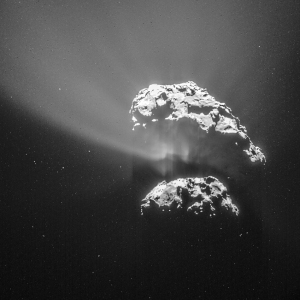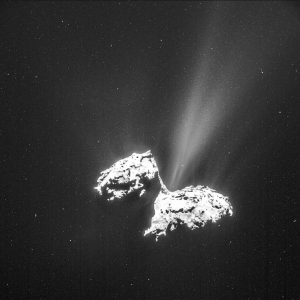Gunmen attack free-speech event in Copenhagen
The religion of peace strikes again: At a free-speech event in Copenhagen — organized by backers of one of the cartoonists who ridiculed Mohammad — masked gunmen unleashed a hail of bullets, killing one and wounding three.
The French ambassador was there and has reported that this was clearly a terrorist attack similar to the murderous attack on the offices of the magazine Charlie Hebdo.
Update: Three people are wounded when a gunman fired shots at a Copenhagen synagogue. It is not yet clear if this attack is linked to the attack above.
Obama would claim these are all random attacks. But then, delusional people will believe anything.
In related news, Islamic terrorists attacked a polio vaccination team in Pakistan, killing one and wounding another. The article also reports that in a separate incident two polio workers and two security guards have gone missing.
At what point will our intellectual elites get their heads out of their asses and recognize the war that Islam is waging on the free world?
The religion of peace strikes again: At a free-speech event in Copenhagen — organized by backers of one of the cartoonists who ridiculed Mohammad — masked gunmen unleashed a hail of bullets, killing one and wounding three.
The French ambassador was there and has reported that this was clearly a terrorist attack similar to the murderous attack on the offices of the magazine Charlie Hebdo.
Update: Three people are wounded when a gunman fired shots at a Copenhagen synagogue. It is not yet clear if this attack is linked to the attack above.
Obama would claim these are all random attacks. But then, delusional people will believe anything.
In related news, Islamic terrorists attacked a polio vaccination team in Pakistan, killing one and wounding another. The article also reports that in a separate incident two polio workers and two security guards have gone missing.
At what point will our intellectual elites get their heads out of their asses and recognize the war that Islam is waging on the free world?





